An Eye-Opening Trip to the Grocery Store – How to Avoid Hidden Toxic Oils
The Nature of Rest
What the Bible and Creation Teach Us About Sabbath Living
Intentional Parenting
Nature Studies
Apologetics
Adventure
Free Resource
Entrepreneurship
Homeschooling
Faith
Books
Categories
Master Naturalist, Bible teacher, author, wife, and mama of four! Join our adventures of discovering God while adventuring in creation.
I'm Eryn
Hey there!
Listen Now
Order now
Herding Offspring at the Grocery Store
For the most part, taking my children along with me to the grocery store is no big deal. I am usually the proud mama strolling around the store with the well-behaved children. They don’t leap from the cart. They remain relatively quiet. And they don’t tantrum if we stroll right by the cookie samples without stopping. The cheese samples, on the other hand, well let’s just say that walking past those without pause might cause a scene. If not from my two-year-old then from me.
But once in a while, I do enjoy a leisurely browse through the store without offspring along. Because the truth is, no matter how well-behaved a child, children are still children, and they are all ticking time bombs when they are not only confined inside the walls of a building, but also strapped into a metal cage on wheels.
There is something therapeutic about walking aisles alone; stopping to browse with no sense of “I have to get out of here before a child decides for me that it’s time to go .” Just ask any mom walking aimlessly around Target, her latte as her only companion; it seems silly, desperate even, but us moms need this shopping experience of solitude from time to time.
Go to the Store Alone! {and on a mission}
I would like to invite you to take one of those solo (and slightly liberating) trips to the grocery store this week, but I do have a mission for you. Last week I explained which healthy oils you should keep on hand in your own kitchen, and how to use them properly to protect their distinct flavors and nutritional integrity. (click here to last week’s post)
This week I want to look at the other side of oils: the toxic side. And to do so, we’ll need to look at some ingredient lists. And trust me, you don’t want to attempt this with littles in your cart. Do yourself a favor and go to the store alone, browse, glance at some labels and learn just what products–even so called health products–actually contain unhealthy oils. Here are some tips to help you spot those unhealthy oils.
Which Oils Should You Avoid?
Around 100 years ago, the food industry began producing highly processed vegetable oils. Although these oils have the word “vegetable” in them, they are anything but healthy.
Modern food industry has told us they are nutritious, but these oils are anything but. They are for the most part unnatural, as well as highly processed, which is why we find them in many cheap, processed foods. New data is linking these oils to many chronic illnesses and diseases such as heart disease and certain cancers. These oils include:
- Soybean Oil (Be especially wary of this VERY harmful oil)
- Corn Oil
- Cottonseed Oil
- Canola Oil
- Rapeseed Oil
- Sunflower Oil
- Sesame Oil
- Grapeseed Oil
- Safflower Oil
- Rice Bran Oil
These oils can cause havoc on our bodies. They are a big reason why chronic illness and obesity run rampant in America. Their voyage from plant to the bottle on the supermarket shelf is a complicated one (which should be our first red flag), involving processes such as harsh pressing, heating, and the additions of various industrial chemicals and highly toxic solvents. (naturalnews.com)
The Weston A. Price Foundation says that these new processed oils can cause “cancer, heart disease, immune system dysfunction, sterility, learning disabilities, growth problems and osteoporosis”. Needless to say, it’s important to make a diligent effort in keeping them out of our regular diets.
How Can You Spot These Harmful Oils?
This is where just a tiny bit of familiarization with ingredient lists can protect you and your family from a lot of harm. A simple glance at an ingredient list will reveal if a product contains any of the harmful oils listed above.
An important thing to remember is that ingredients are listed on a label in order of predominance. The first ingredient listed is the most used ingredient in that food item, down to the least used. Here’s an example of how this comes in handy while spotting unhealthy oils:
The front of this salad dressing claims that it is made with extra virgin olive oil, which most people identify (rightly so) as a good oil. But a look at the ingredient list will show you that the first (most used) ingredient is actually canola oil– a highly processed oil that should be avoided!
Extra virgin olive oil does indeed make the list, but towards the bottom. In other words, here is a dressing composed mostly of unhealthy canola oil, with just a few drops of extra virgin olive oil added in so that they can make it appear healthy. It’s a good example of how modern food industry is playing on key “health” terms and tricking people into poisoning their bodies with toxic processed foods.
Processed Oils Are Sneaking Their Way into So-Called Health Foods
Unhealthy processed oils are found in virtually everything on the supermarket shelves, and sadly, a lot of these oils also make their way into today’s “health foods”. Here are some examples of foods people might assume are healthy, but actually contain unhealthy oils.
The oatmeal bars above contain palm oil and palm kernel oil, which are safe tropical oils to consume. However, the bars also contain highly processed canola oil, as well as a host of other unnatural ingredients. I mean, what in tarnation is “partially defatted peanut flour”, anyways? If you’re looking to eat a simple and wholesome diet, don’t allow so-called “foods” such a these to grace your cart or harm your body.
This box of Post Great Grains Berry Medley cereal is another good example of advertising tricks. The front of the box uses key “health” phrases such as “real fruit juice”, “nutritious”, “multi grain” and “whole grain”, as well as claims to “Support Healthy Digestion”; yet the ingredient list includes processed oils, along with other processed ingredients such as corn syrup, sugar, and brown sugar.
I also find it humorous how they list the oil used as, “Vegetable oil (canola or sunflower oil)”, as if they are not quite sure what is actually in the product!
Note also the claim of “Natural Flavor with Other Natural Flavor”, like they really need to sell us on this point.
These Earth Balance Vegan Buttery Stick contain a “Natural Oil Blend”, and they do indeed include some safe oils such as palm and flax. Yet the olive oil used is not specified as “extra-virgin”, which means it could be mixed with other toxic processed oils. It also contains processed canola oil, as well as soybean oil which is VERY harmful. To extract oil from a soy bean is very difficult, so it requires a whole lot of harsh processing, and the resulted oil (along with other processed soy products) has been linked to certain cancers.
What to do About all of These Harmful Oils
Do you and your family a favor. Set aside an hour to head to the grocery store; a list of these unhealthy oils and a cup of coffee your only companions. Spend some time looking over the labels of items you buy often; items that are regularly making their way into your and your family’s bodies, and see if modern industry is sneaking any of these toxic oils into those foods. You may be surprised by what you find–I was.
And then take action. You have the right and the responsibility to determine what goes into your body and the bodies of your loved ones. If you’re not happy with what you find in those ingredient lists, than research other options for more wholesome alternatives, consider ditching those foods all together, or learn how to make them at home!
Making Food at Home to Avoid Unhealthy Oils
Need a little inspiration to get you making some treats at home? Here are a few recipes for foods that often contain unhealthy oils when bought from the store, but are easy to make at home!
[abcf-grid-gallery-custom-links-pro id=”4103″]
Sources:
http://authoritynutrition.com/healthy-cooking-oils/
http://www.westonaprice.org/soy-alert/ploy-of-soy
http://www.westonaprice.org/know-your-fats
naturalnews.com
learn more
Raising kids stirs something deep in our souls — an innate knowing that our time is finite. Taking my kids outside in creation, I’m discovering how to stretch our time and pack it to the brim with meaning. God’s creativity provides the riches of resources for teaching the next generation who He is and how He loves us. Join our adventure and discover inspiration and resources for refusing rush, creating habits of rest, living intentionally, and making the most of this beautiful life!
I'm Eryn, Master Naturalist, Author, & Bible Teacher
Hey there!
Receive free inspirational resources for refusing rush, creating habits of rest, parenting with intentionality, and teaching our kids who God is through what He has made!
Inspired
Be
Brand + Website by Amarie Lael Design | TERMS & CONDITIONS + PRIVACY POLICY | Copyright 2011 - 2025 Eryn Lynum
Contact
Speaking & media
About
Books
Shop
Videos & Interviews
Email List
Stories
Free Downloads
Resources
Home
@erynlynumauthor
The Nature of Rest
What the Bible and Creation Teach Us About Sabbath Living
Now Available!
Order
X
Signed Copy



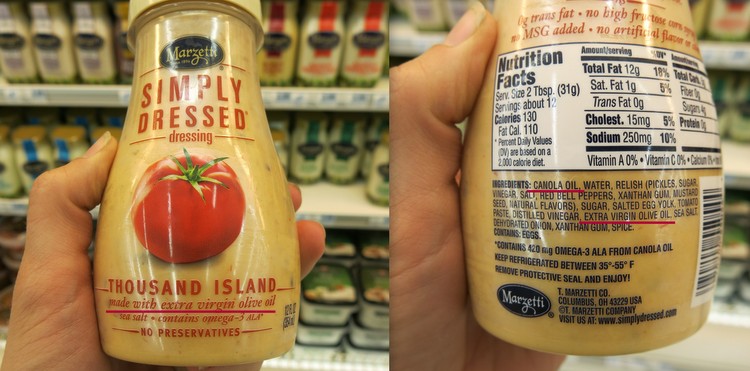
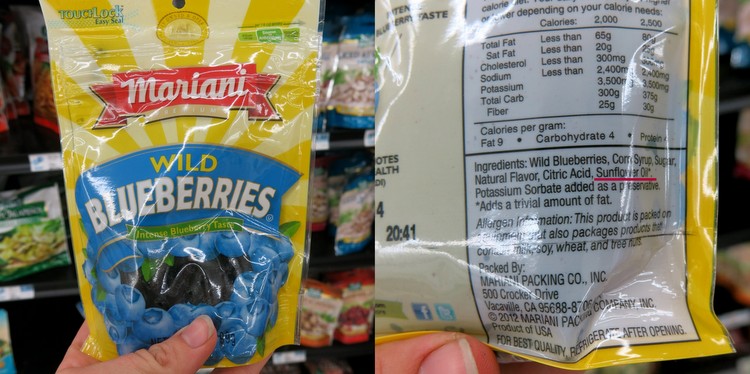
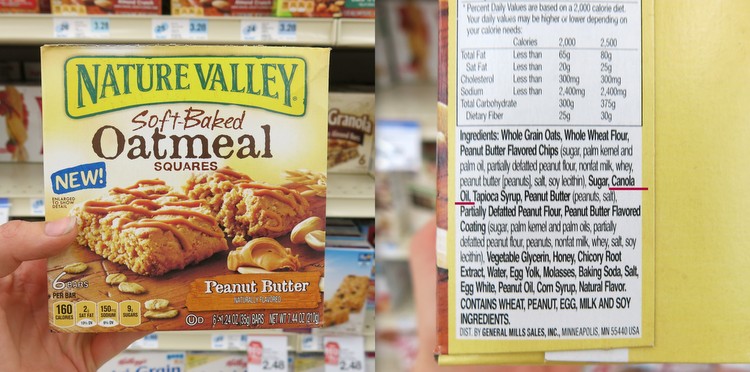
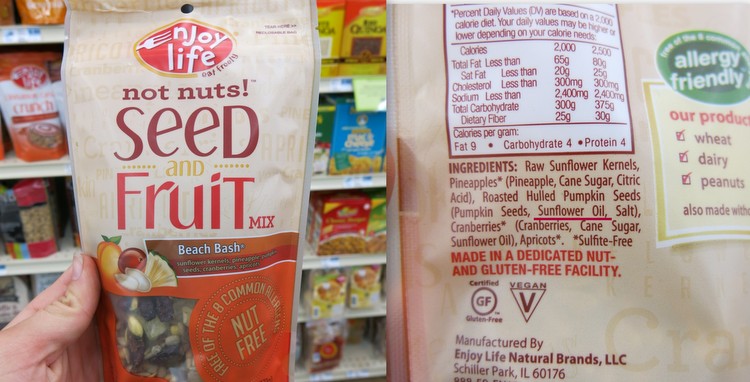
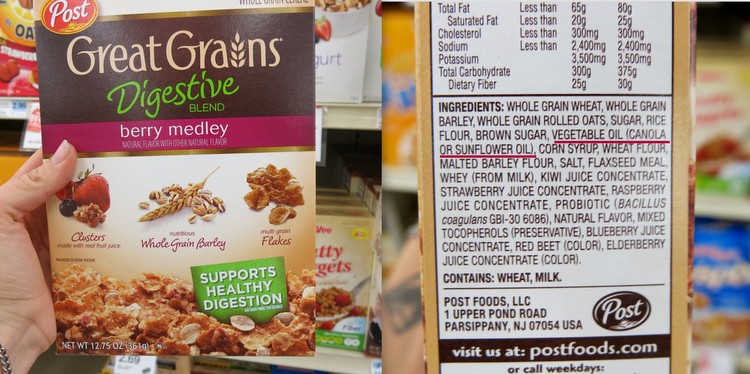

I was surprised to see grape-seed oil on your list of toxic oils. I was under the impression that grape seed oil was one of the superior oils to cook with…although I must admit I have never researched this myself, and have only gone on hear-say. What have you learned about grape seed oil that makes it potentially toxic?
Hi Ruth, thanks for the question; it inspired me to search a little deeper into grape seed oil. I’m finding that grape seed oil is one of the recent popular “health fad foods”. Most of the claims about its nutrients are false, because the heavy chemical processing it undergoes kills all of the nutrients, so they don’t actually exist in the finished oil. It is also high in Omega-6 fatty acids, which are harmful in excess. Here is a very helpful article I found on it from a website I source often and have come to trust for good information: http://authoritynutrition.com/grape-seed-oil/
CommentDo you have good resources for info on palm oil? I have been led to believe that it is really bad for you and even stopped using are favorite peanut butter because it was in there. I would love to do some research to find out it is ok!
Hey Andi 🙂 Two sources I have come to trust for thoroughly researched, evidence-based information claim that palm oil is safe. Both the Weston A. Price Foundation and authoritynutrition.com state that it is a nutrient-dense oil and a good choice for cooking with. Here are the sites that influenced my decision to name it a good oil: http://www.westonaprice.org/know-your-fats and http://authoritynutrition.com/healthy-cooking-oils/ (scroll down to the Palm Oil section)